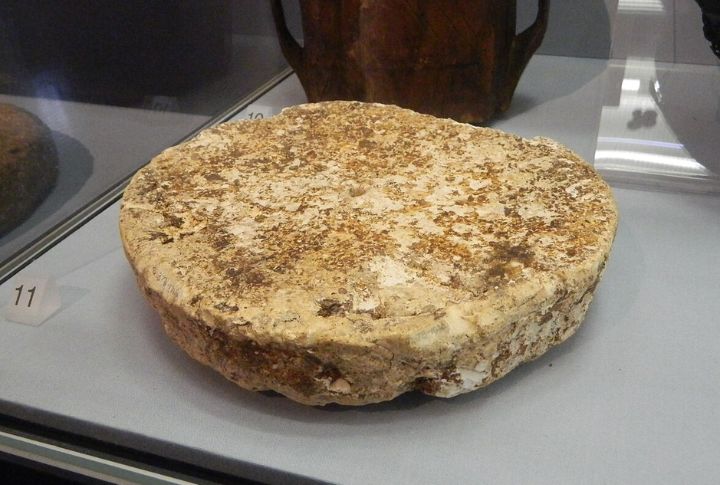
What if you could taste food from thousands of years ago? Archaeologists keep uncovering perfectly preserved foods, some of which are still edible today. These remarkable discoveries show how our ancestors knew more about food preservation than we ever imagined. If you want to find out which food items they’ve found, here’s a list of the ten oldest remains.
Honey From Egyptian Tombs
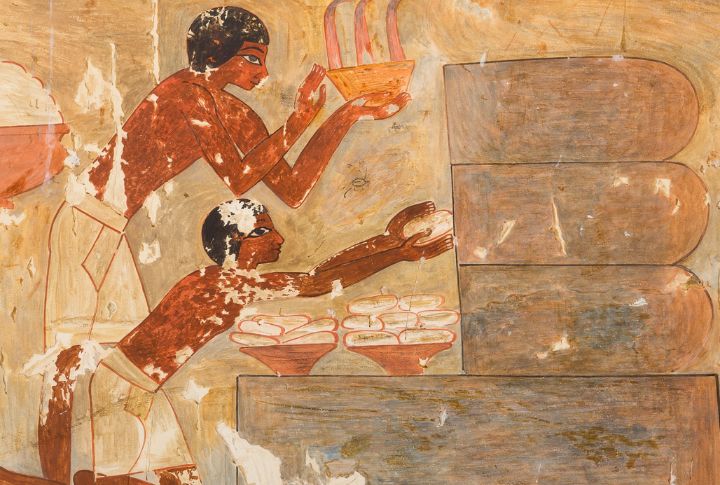
Honey found in Tutankhamun’s tomb and other ancient sites still remains edible today. Its low moisture, high sugar, and hydrogen peroxide preserve it for thousands of years. Ancient Egyptians valued honey so much that they placed jars in tombs for the afterlife.
Fermented Beverage From China
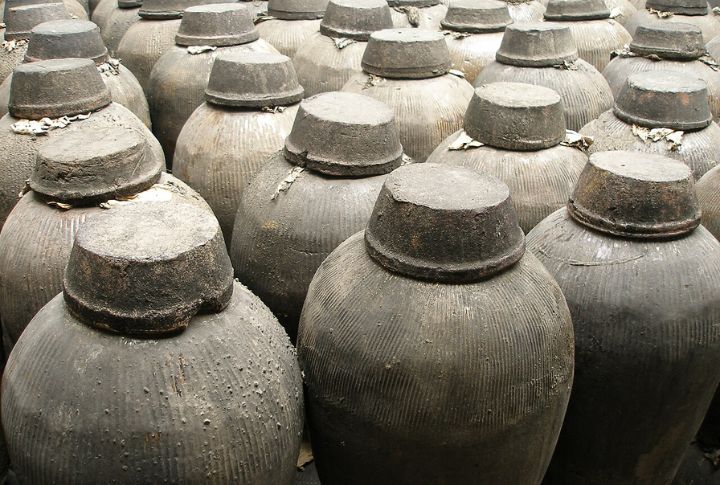
In Jiahu, China, archaeologists found a fermented drink made from rice, honey, and fruit. This beverage, dating back 9,000 years, shows early humans were making alcohol long before agriculture. This tells us the importance of fermented beverages (and the “buzz”) in ancient cultures.
Millet Noodles From China
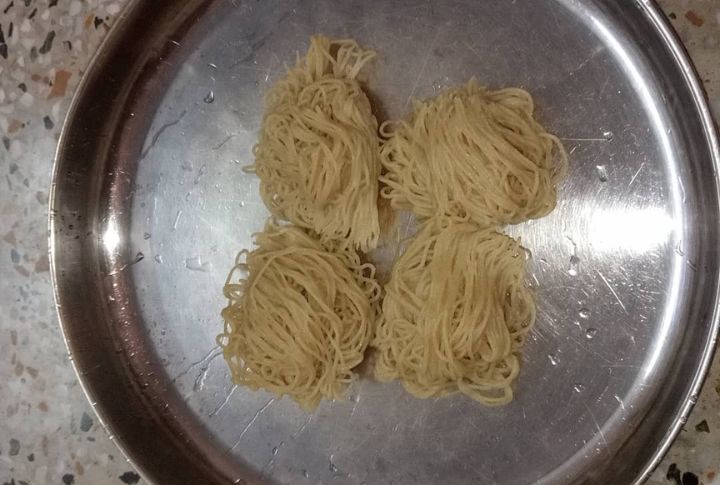
Noodles found in China’s Lajia site are 4,000 years old. Preserved in an airtight clay bowl, these millet-based noodles challenge the timeline of pasta. This discovery proves China was making noodles much earlier than previously thought.
Bog Butter From Ireland
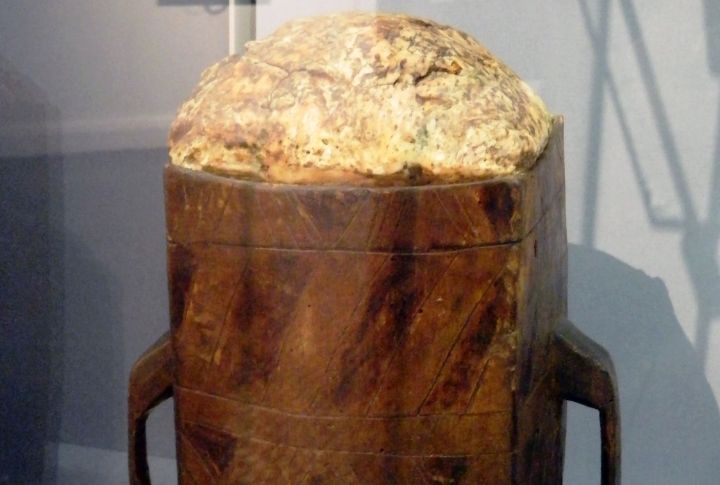
Archaeologists unearthed a 5,000-year-old lump of bog butter in 2013. It was found in a peat bog in County Offaly, Ireland, where the cool, low-oxygen conditions preserved it remarkably well. Some describe its texture and smell as cheesy; others as rancid. It may have been used for preservation or rituals.
Kefir Cheese From Chinese Mummies
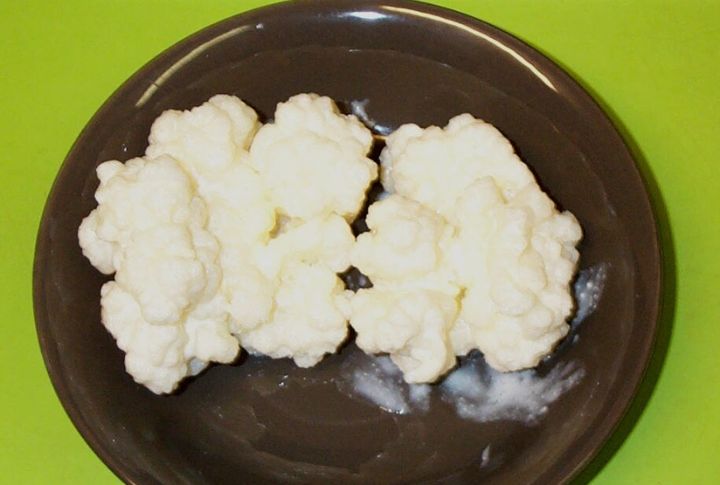
At the Xiaohe Cemetery in China’s Taklamakan Desert, kefir cheese was found in ancient mummies. The cheese, made from cow and goat milk, was 3,600 years old. The desert’s dry air preserved both the cheese and the mummies, showing early dairy fermentation.
Charred Flatbread From Jordan
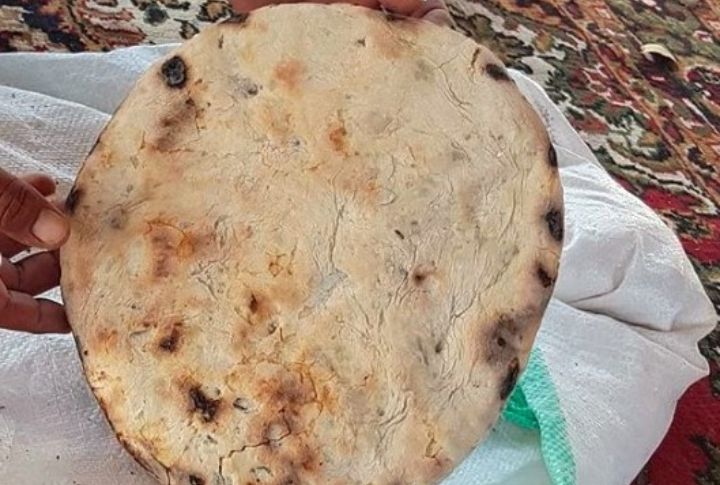
Charred bread found in Jordan’s Shubayqa site is unbelievably 14,400 years old! It’s made from wild grains like barley and oat. This discovery suggests bread-making predates even agriculture and could have inspired the development of farming, which turned bread into a staple.
Cacao Residue From Ecuador
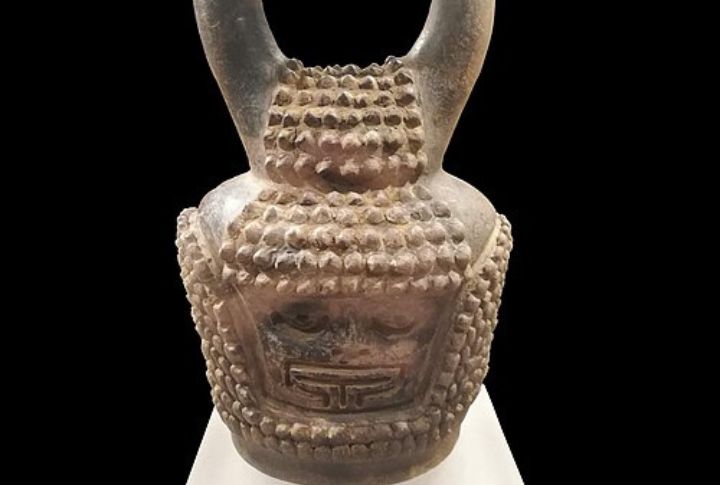
In 2018, pottery containing cacao residues was discovered in Ecuador. It proved that chocolate was being used 5,300 years ago. The location of this discovery shifts chocolate’s origin from Mesoamerica to South America, where the Mayo-Chinchipe culture drank cacao beverages. This makes Ecuador the birthplace of chocolate.
Egyptian Cheese
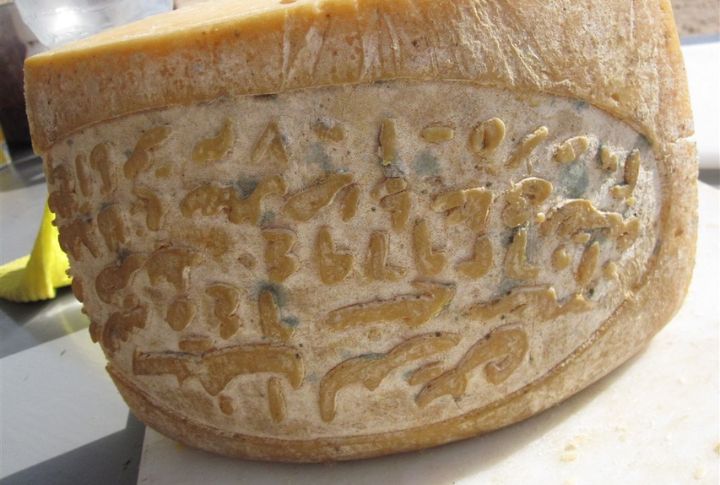
Between 2013 and 2014, a piece of 3,200-year-old cheese was found in Egypt’s tombs. It still contained milk proteins. Despite transforming into a soapy lump, it shows how the Egyptians were skilled in dairy processing long before modern food science. It’s one of the oldest cheeses found.
Wine Residue From Iran
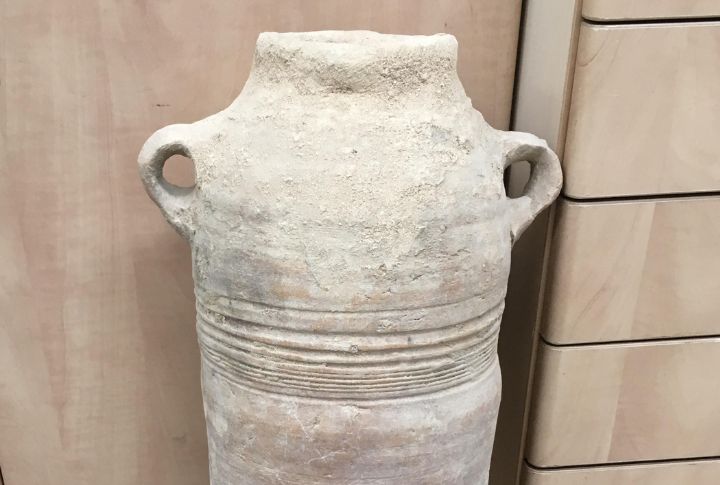
In Iran, researchers traced wine residue in pottery from 5400 B.C. It’s among the oldest known examples of wine. Chemical analysis reveals ancient Persians added tree resins to preserve and flavor their wine. It gives us a picture of early experimentation with wine-making techniques and flavoring.
Salt From Romania
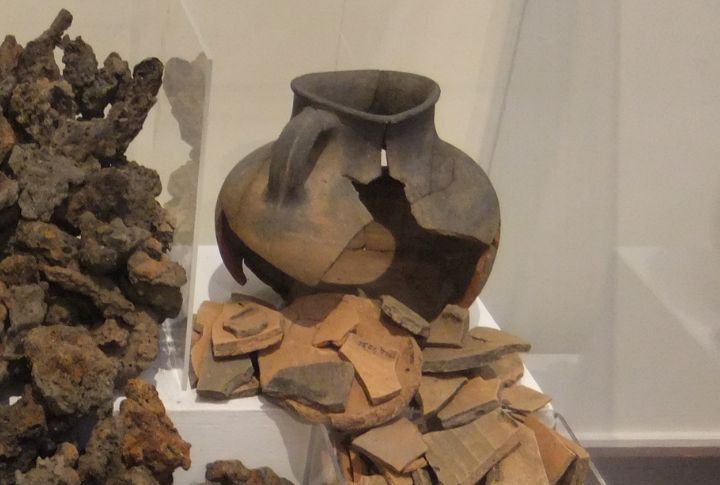
At Poiana Slatinei in Romania, archaeologists uncovered the world’s oldest traces of salt usage, dating to around 6000 BCE. Ceramic vessels and hearths used to boil brine reveal that Neolithic people actively produced salt, likely for preserving food and supporting early trade networks.

